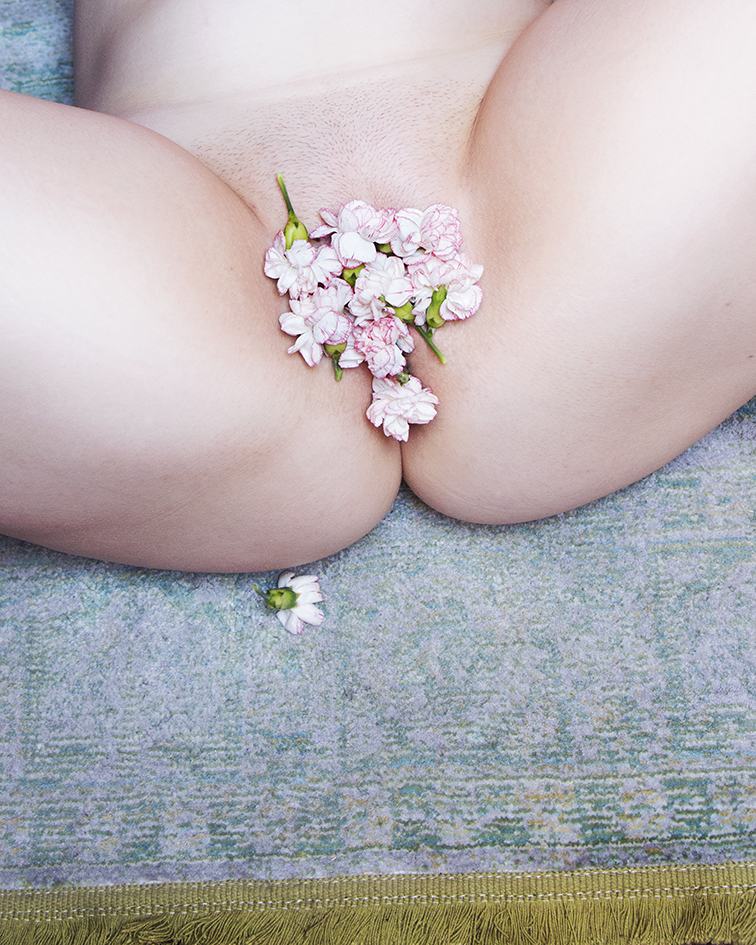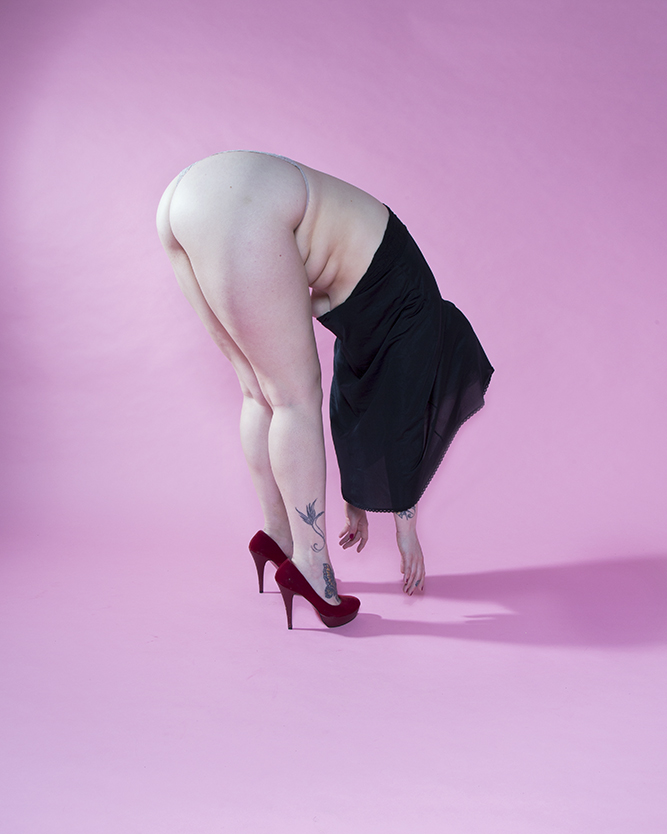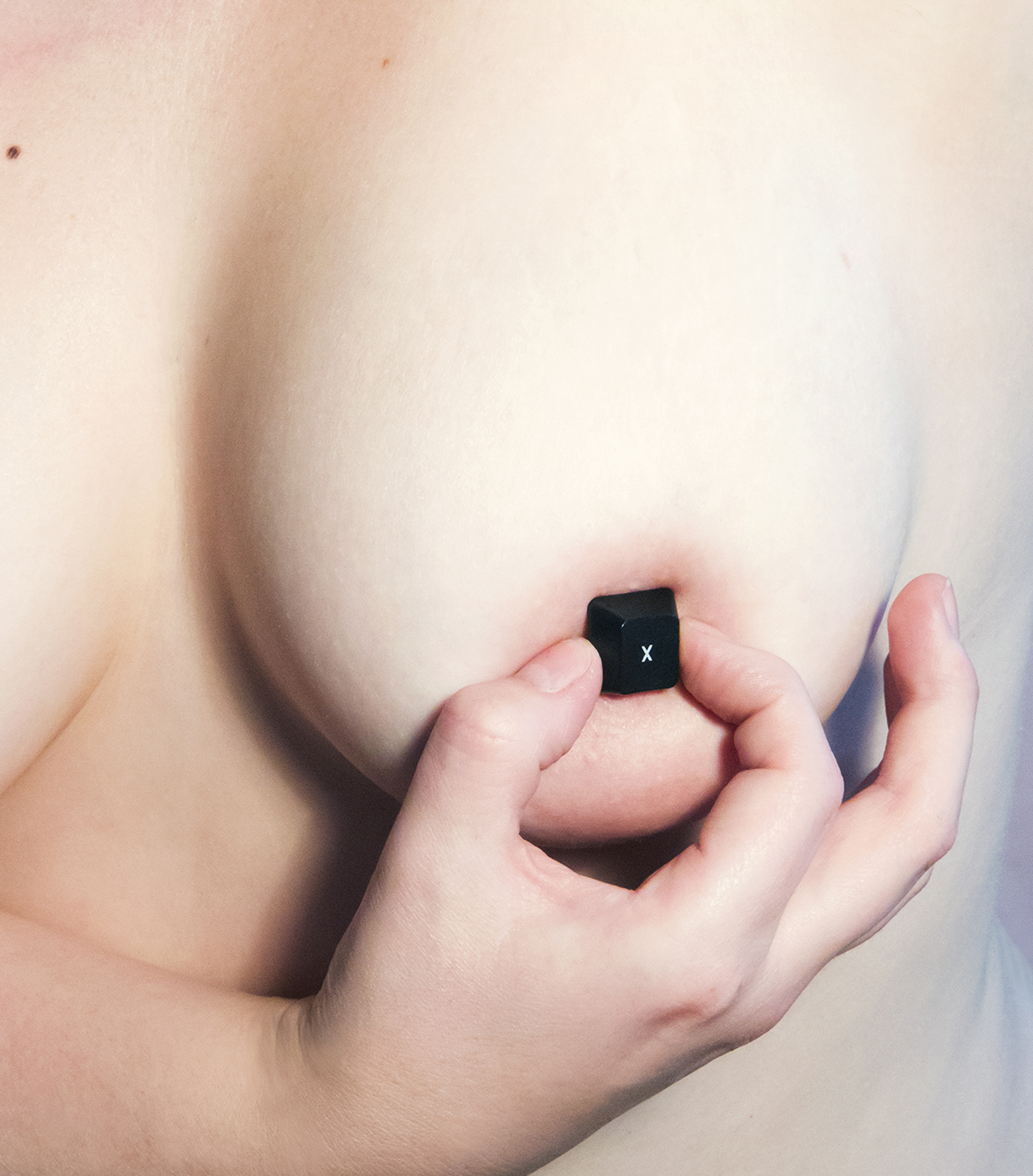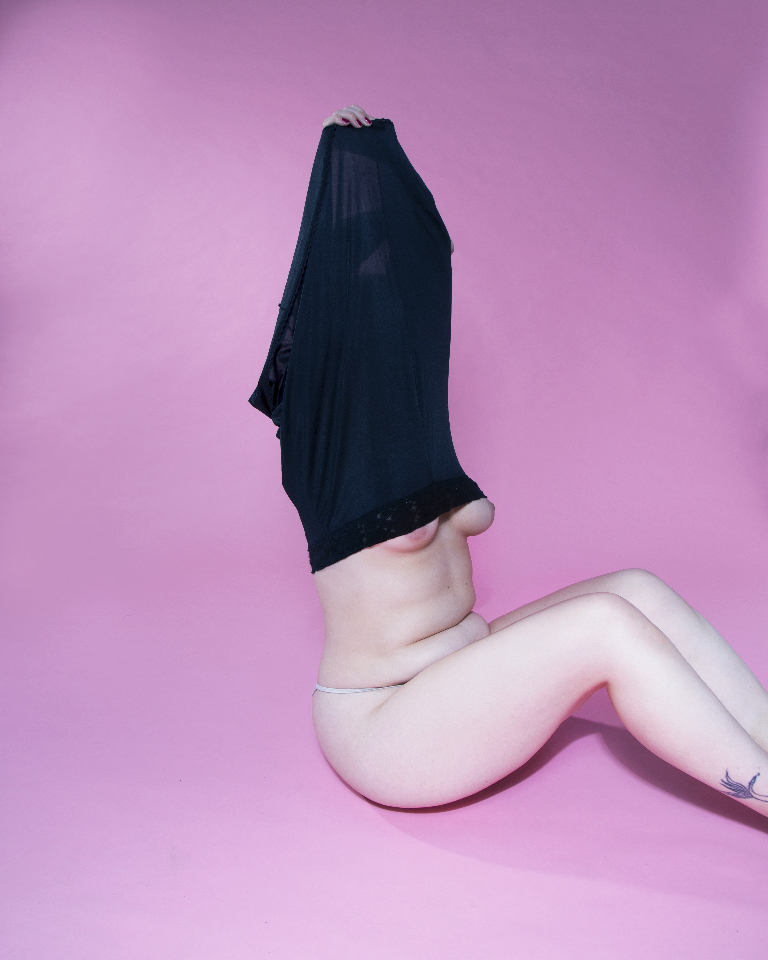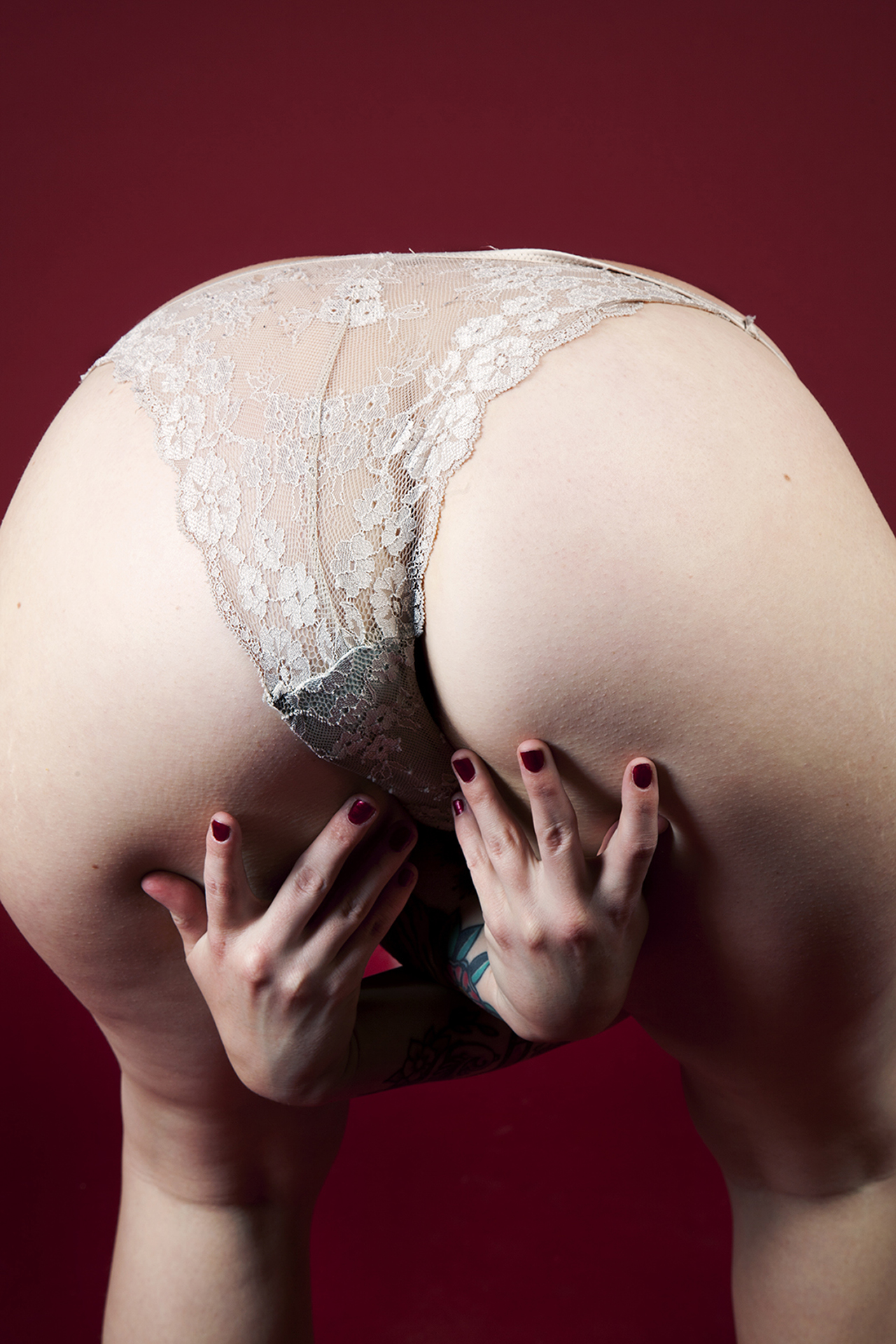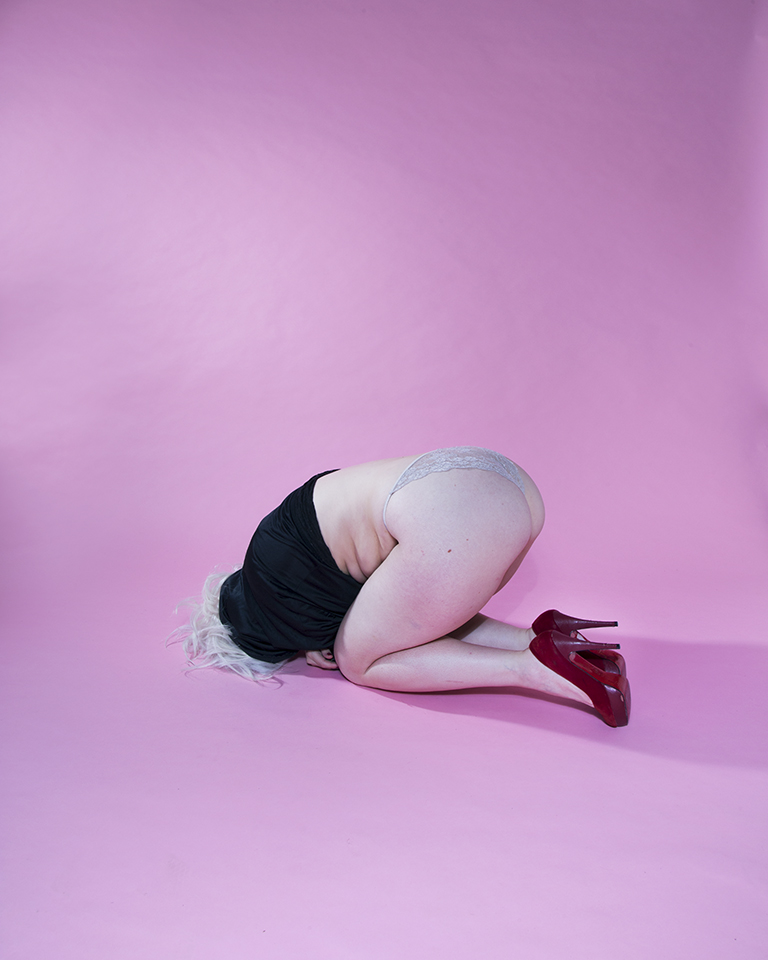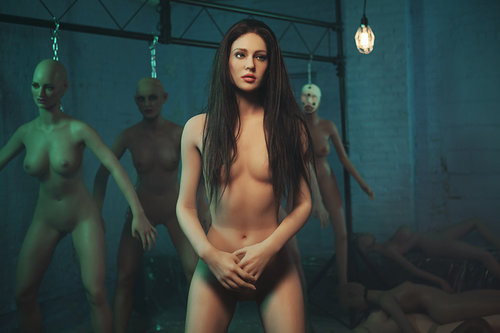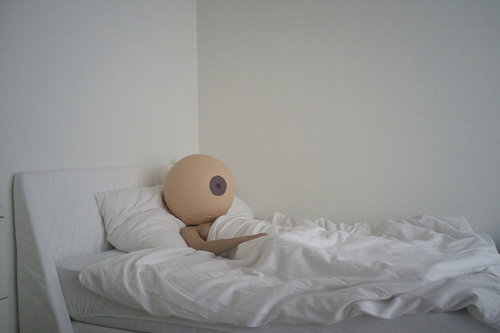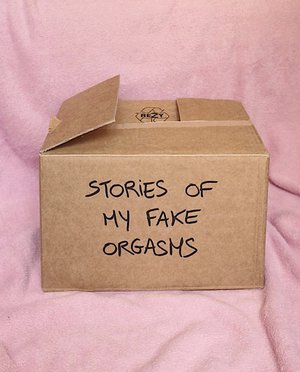DAANTJE BONS
THE NETHERLANDS
READ OUR INTERVIEW WITH DAANTJE BELOW
HOUSE OF THEODORA CHATS TO DAANTJE BONS
DAANTJE is a DUTCH PHOTOGRAPHER WHOSE PHOTOGRAPHS ARE AT ONCE BEAUTIFUL, PROVOCATIVE & FEMININE. WE SPOKE TO HER ABOUT HER DRIVE & DESIRE TO CHALLENGE SOCIETY’S PERCEPTION OF FEMALE SEXUALITY.
What 3 words best describe youR PHOTOGRAPHY?
Attractive, provocative, fun.
HOW DID YOU GET STARTED?
I started photography when I was about 14 years old and photographed my best friend Lola, who inspired me a lot at the time. When I was 16 years old I left my parents home to go study photography in a different city. This was more technical study and when I graduated I wanted also to develop a more artistic view so then I started a new study at an art academy, more specialized in conceptual photography. At this academy I developed my personal style and themes involving a lot of self portraits. But it was after graduating from this art academy that I felt completely free and liberated to make and show the work that I do today.
Can you describe your artistic process??
My process contains a lot of intuitiveness from the first ideas to the actual photographing. Sometimes I just have a feeling that I want to capture and I have no idea what I am going to photograph beforehand. It mostly playfully arises when I’m working in my studio. It sometimes feels like a performance when I photograph myself, through photographing I get in touch with my feelings. The photographs often show me how I feel about a certain topic, this makes the work sometimes agitating because I also can get irritated when “the answers” don’t show up quick or easily.
Where do you find your inspiration?
In everything, I find so many things inspirational, it just depends on my own “radar”. For instance, I am now working on topics regarding (female) sexuality. Something we all see or feel but don’t really speak about or even show. The absence makes me so aware that I see it everywhere. The way it is portrayed, talked about or repressed is all inspiration for building my own thoughts.
What is feminist art to you?
For me it stands for a collective outburst of creative thoughts on feminism or any topic related to it. I also really like the collective feeling that comes with it. Because of the label “feminist art” I have found so many more inspiring artists. It also gave me strength to come out and show my work and thoughts openly knowing there are more people interested in the same topics.
What do you hope people take away from your work?
I always hope to connect with people, although my work is perceived as provocative, my intention is to challenge fixed patterns on subjects like gender and sexuality. I do enjoy a certain agitation caused by my work because it shows me there is still al lot to discuss and think about. If no one was making a fuss about the things I photograph, my work would be done, but because I photograph with an open heart I also hope to connect with my audience in way that they feel free enough to open their mind.
What do family & friends think of your work?
Especially in the beginning of my self portraits my parents where a bit nervous and sometimes shocked. They always try to understand why I make the work that I do but they also want to protect me. With some friends I have lots of discussions, for example one of my best friends sometimes finds it hard that I show myself in a sexual way. I think because she feels protective of me knowing it is still a taboo. But when I explain my thoughts and feelings most of the time it is not me showing myself sexually that is the problem but the way we are taught how to react to it. I knew from the beginning my work would be causing some commotion with family and friends but they are also a kind of tester for myself to challenge and explore my own thoughts.
Social media plays such a big part in many artist’s lives but it’s also a heavily censored medium. How do you deal with that when you produce work that challenges the norms?
I think because of the censorship it actually brings a taboo more to the surface which makes it also more easy to talk about it. It is in a way very contradictory but my work also exists because of this. I find inspiration in rules, limits or fixed patterns which makes it very interesting to challenge these thoughts by using the media to fight itself.
What are you currently working on?
In March I have an exhibition planned in an old WO2 bunker in Utrecht, The Netherlands. In this exhibition I am working on a more interactive way to show my work, therefore I am experimenting with other media such as video performance. I am very excited and also getting out of my comfort zone which is always challenging. The exhibition is called: “The last good girl” and will be raising questions about female sexuality and imposed morality and rules that influence it. The work starts from my own frustrations in which I feel being locked up in a prudish moral.
What’s your favourite piece of work to date?
It actually really depends on the context in which it is showed. I like the photograph “Flower Labia” when it is framed and on display in a public space because I find it such a delicate and aesthetic photograph but with an edge. You can’t see anything really, yet your mind wanders. This makes it kind of fun to show it in a public place because people are drawn to the aesthetics, then often get offended and in the end they are unsure how they feel about the piece and talk about the artistic value as if they are not allowed to get in touch with their own sexuality. I really like how one photograph can make people uncomfortable yet attracted to it at the same time.
Another work I like but in a different context is “Slut shame Galore”. These works I find interesting posting on social media like Instagram because of the somewhat explicit positions I know Instagram doesn’t like but can’t really delete because technically I didn’t break any rules. The photographs balance on the edge of art, erotica and activism which I really like. Posting them on social media is for me a strong message within the medium itself. I need the heavily censored medium in order for these works to make a point.
